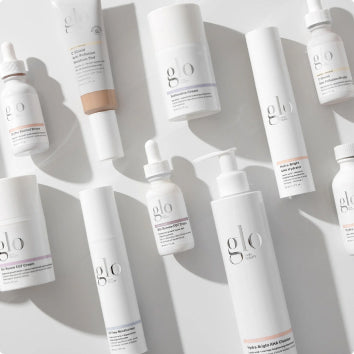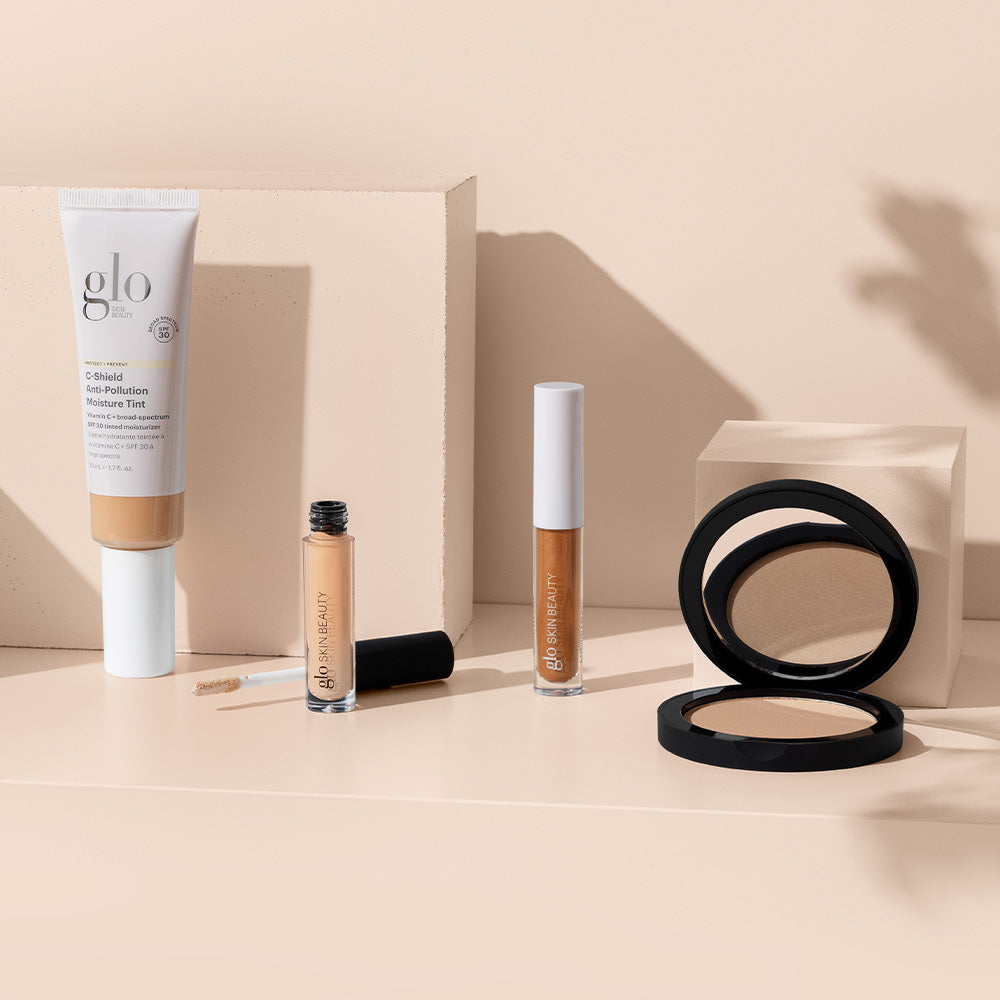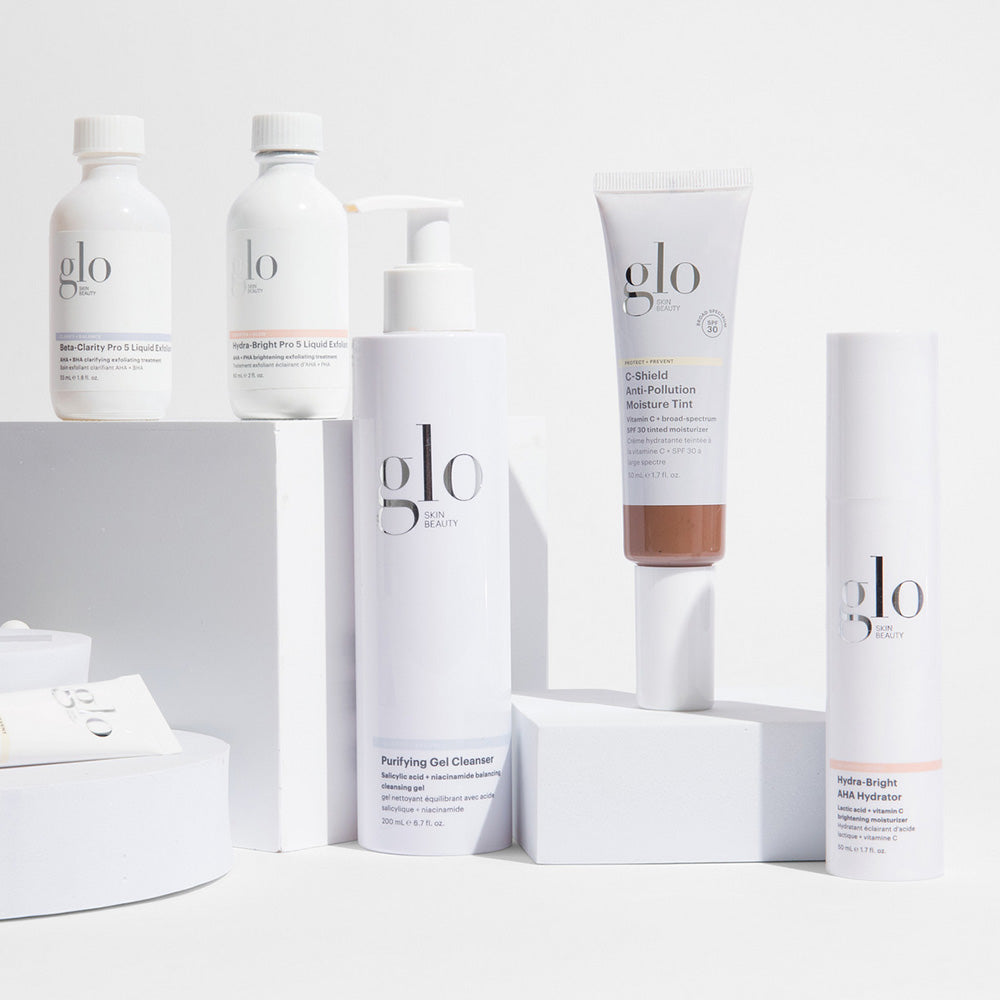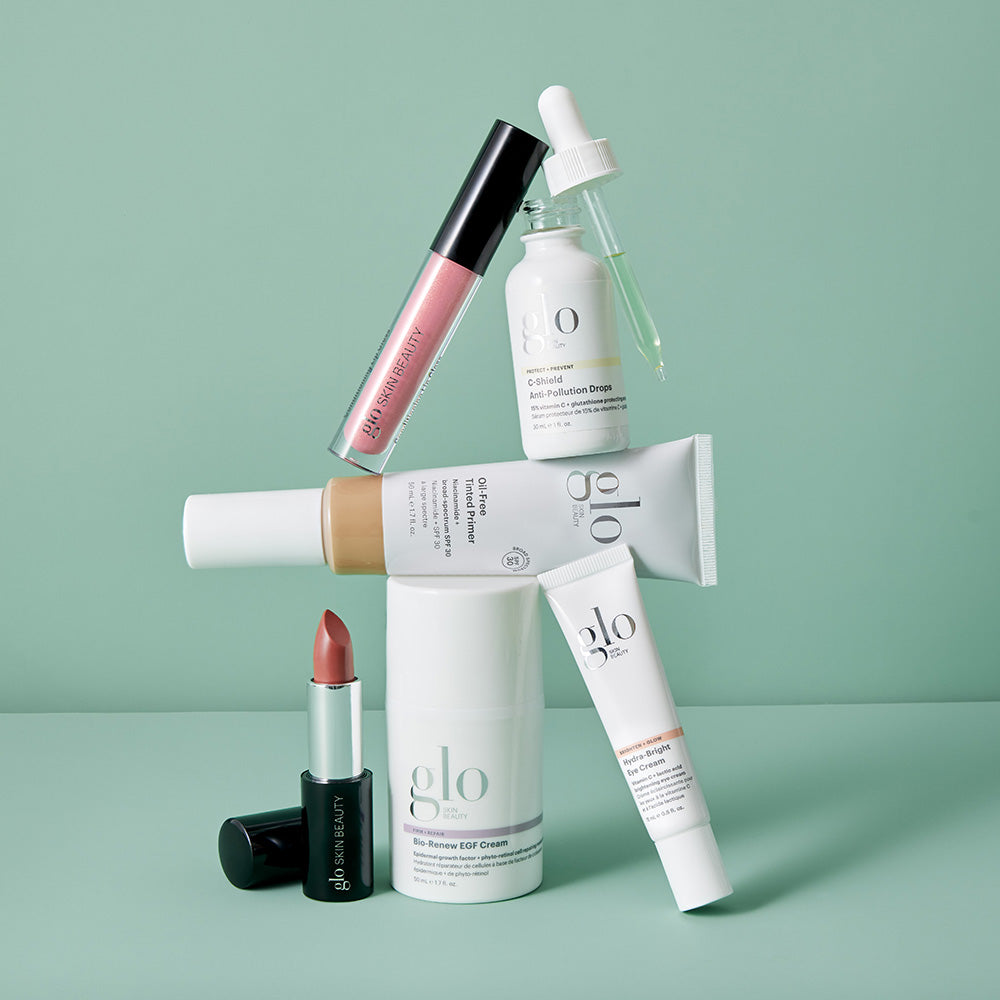Glo Skin Beauty Blog
-
 Read more
Read moreThere’s something about fall that makes us crave cozy kitchens, crisp walks, and pumpkin-spiced everything. It’s also the perfect time to swap lightweight summer formulas for richer, more nourishing skincare and makeup favorites.
-
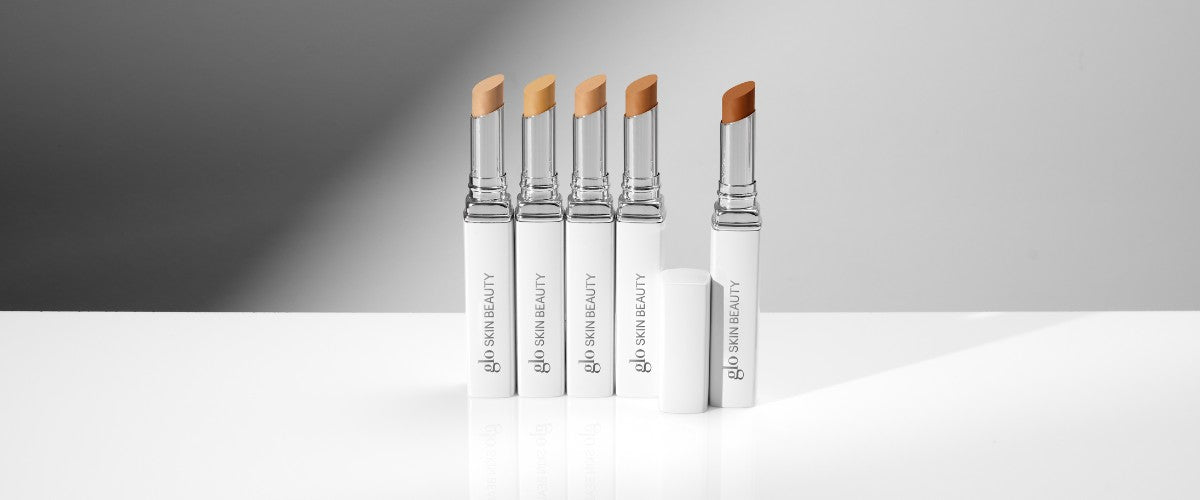 Read more
Read moreIf you love multitasking makeup and skincare hybrids, you’ll love our Spot Treat Concealer.
-
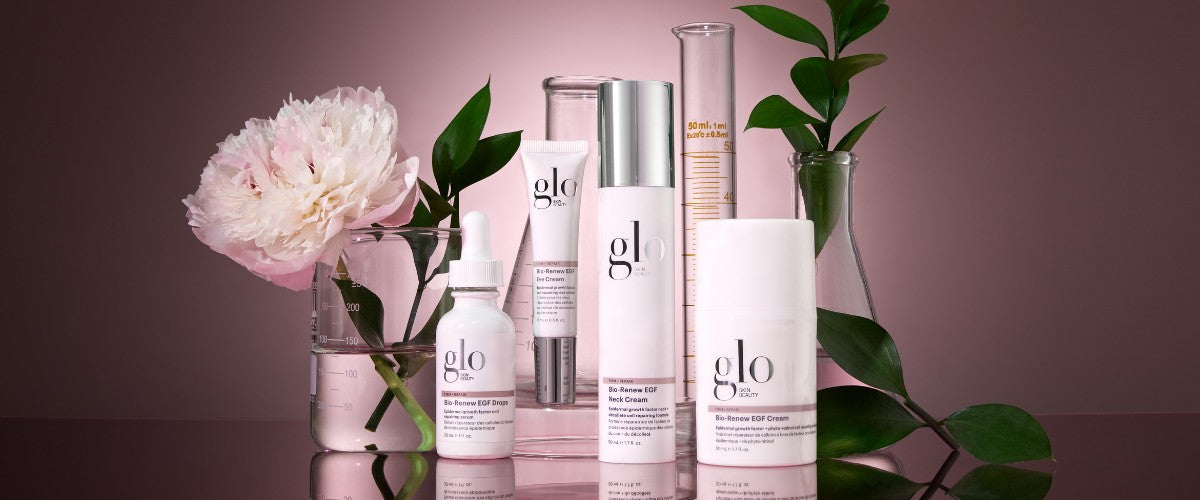 Read more
Read moreThere’s a hero ingredient rising up the skincare ranks and it’s called epidermal growth factor or EGF. But what does EGF do for your skin and how does it work? Discover everything you need to know about EGF skincare benefits here...
-
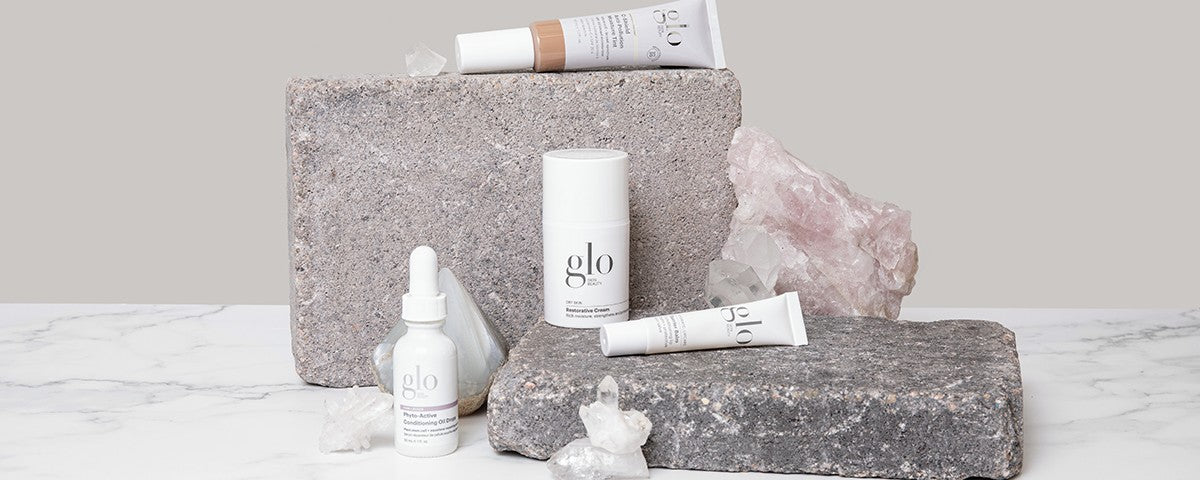 Read more
Read moreEvery so often a skincare ingredient comes along and is a total game-changer. Squalane is one of those hero ingredients and you’ll be seeing it everywhere. Discover why every skin type can benefit from adding squalane oil into the mix.
-
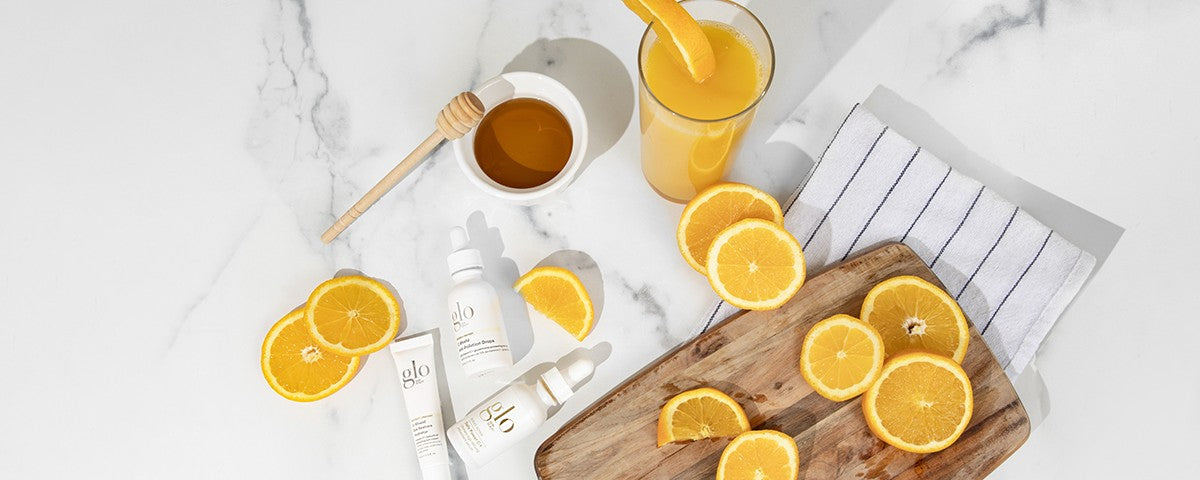 Read more
Read moreVitamin C is a potent antioxidant that protects against environmental damage, strengthens, firms, and brightens the skin. Discover our guide to all things vitamin C for skin...
-
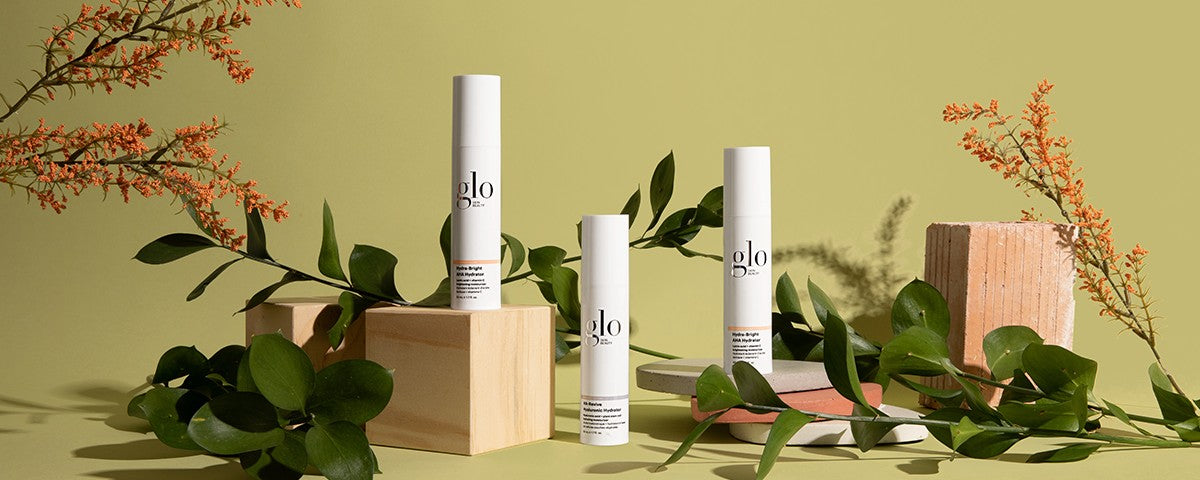 Read more
Read moreApplying a moisturizer daily is an important step in maintaining balanced, hydrated skin. But have you ever wondered what a moisturizer actually does and why you need it? Get the details on how moisturizers work and how they benefit your skin with our moisturizer guide.
-
 Read more
Read moreCalling all brides, this one’s for you! First off, congratulations! Second, if you’re stressed out over your wedding day makeup, we’re here to calm your fears. We sat down with Glo Skin Beauty Sr. Makeup Artist and Educator, Janeena Billera, to pick her brain on everything from trending looks to DIY help.
